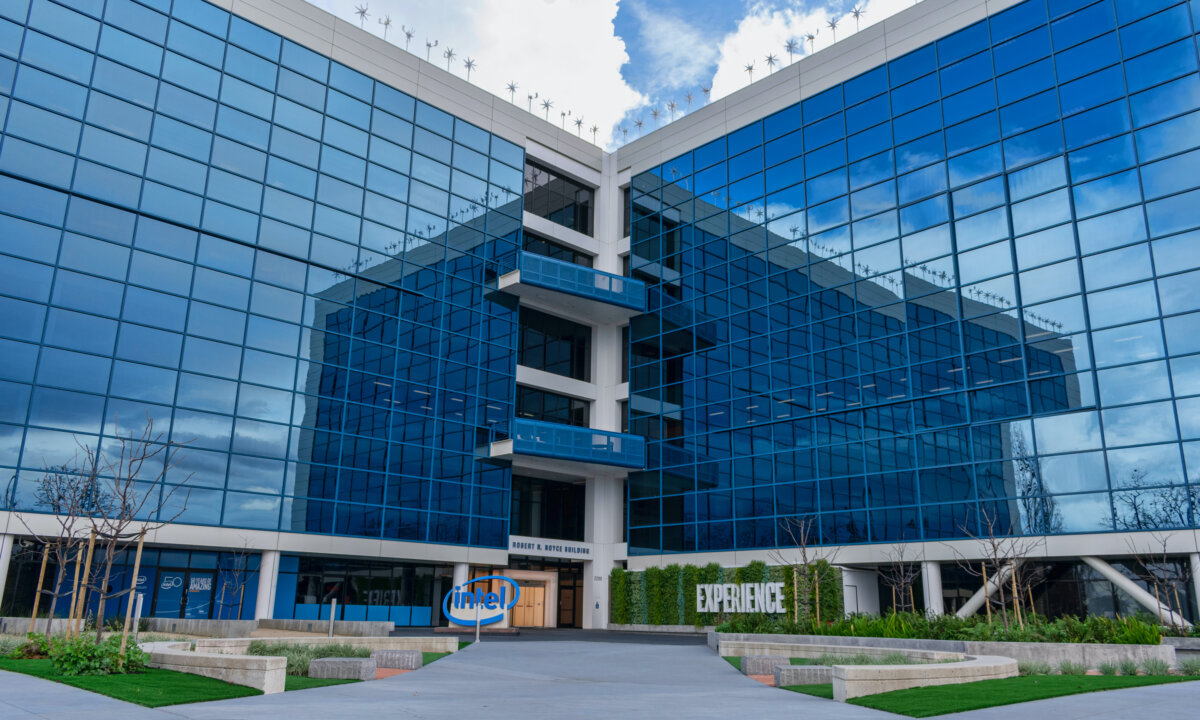Intel Mega-Fab coming to the US
Intel’s Gelsinger was recently interviewed by the Washington Post. Here are some of the key points that came up in the interview:
Gelsinger: “if we were sitting here in 1990, the U.S. would be building 37 percent of the world’s semiconductors. Europe would be building 44 percent and Asia the remainder. Well, now it’s 12 in the U.S., 9 percent in Europe, and almost 80 percent in Asia.”
“We are going to build … on U.S. and European soil so that we have a more globally balanced supply chain, and I’ve said a moon shot for the administrators and Washington as well as those in Europe would be that we go from 12 to 30 percent in the U.S., that Europe goes from 9 to 20 percent in the next decade or so. If we were sitting here 10 years from now and we were 30 percent, 20 percent, and 50 percent across U.S., Europe, and Asia, I think all of us would feel very good.”
Gelsinger: “…we have a tremendous amount of data, that if I built a factory in Asia, it would be about 30 percent less than building it in the U.S. If I built it in China, I’d be 50 percent less, and a new factory for semiconductors is 10- to $15 billion. So, if I’m going to see offsets for 30 to 50 percent of that, economically, that’s why the factories have moved to Asia.”
“With the CHIPS Act here in the U.S. …we’re just telling all of the congressional leaders, go fast, let’s get this into law, because I want to build factories a lot faster than we can today,… to build a new factory, it takes two to three years to have it online, and a major new modern fab is almost four years.”
Washington Post: “…and on the point about competition, I mean, Samsung, TSMC, these major manufacturers, they’re ahead of Intel right now when it comes to the types of chip technology that they’re making. What’s your plan to catch up?”
Gelsinger: “…I’ve come in, in part, in response to some of those stumbles, and we’ve laid out a course to resume competitive parity and leadership. We just described that in great detail last week, and we’re managing that very closely, and we are now on the path to close those gaps and resume competitive leadership in the next couple of years… I want to build my next major mega-fab location and announce that in the U.S. before the end of the year, that will be the most leading technology, the most refined and capable manufacturing capacity, all in the U.S., with U.S. intellectual property. This is just the right thing for us as a company and us as a nation…”
When asked what sites are under consideration Gelsinger responded “We’re looking broadly across the U.S. We’re saying, ‘come one, come all!’ for proposals. This would be a very large site, so six to eight fab modules, and at each of those fab modules, between 10- and $15 billion. It’s a project over the next decade on the order of $100 billion of capital,10,000 direct jobs. 100,000 jobs are created as a result of those 10,000, by our experience. So, essentially, we want to build a little city. We’re engaging with a number of states across the United States today who are giving us proposals for site locations, energy, water, environmentals, near universities, skill capacity, and I expect to make an announcement about that location before the end of this year.”
Google to Build own ARM-based Processor Chips
Google recently announced that it will be creating its own ARM-based processor chips for its smartphones called the Google Tensor.

This reportedly will be used in the company’s upcoming Pixel 6 and Pixel 6 Pro mobile units that will be released fall of 2021. For its new processor, Google will use ARM-based architecture. Google launched its first Pixel phone in 2016.
This follows Apple’s decision to build internally rather than buy Intel chips.
A year ago Apple announced it was preparing to shift to its own main processors in Mac computers, replacing chips from Intel. Its new processors are based on the same technology used in Apple-designed iPhone and iPad chips. However, future Macs will still run the macOS operating system rather than the iOS software on mobile devices from the company. Apple’s technology is based on ARM architecture.
Apple switched from Motorola processors to IBM PowerPC in the early 1990s. The company announced shifting from PowerPC to Intel in 2005. It is reported that the company plans to eventually transition the entire Mac lineup to its ARM-based processors, including the priciest desktop computers.
Intel should be worried that this will cause other PC makers to look at alternative options, too. Microsoft, Samsung and Lenovo have already debuted laptops that run on ARM-based processor chips.
Taiwan comments on US “Onshoring”
The Taipai Times reporting on the “US Innovation and Competition Act” commented that: “The US Innovation and Competition Act … would allocate large-scale funding for domestic chip production to alleviate supply chain crunches and ensure dependable semiconductor sourcing. The bill is awaiting passage by the US House of Representatives….US policymakers view the semiconductor industry as strategically important because it supplies the fundamental enabling technologies for advanced defense, communications, big data, and artificial intelligence among other industries…Leading chip makers such as TSMC, Samsung, and Intel Corp would be the biggest beneficiaries due to their specialty in producing leading-edge nodes. The windfall would also extend to capital equipment suppliers such as KLA and ASML who supply the tools used in the production of advanced chips.”
They continue saying that several firms have announced expansion plans in the US, highlighting TSMC’s announced $12B plan for a 5-nanometer plant in Arizona and Samsung’s announced intention to put a $17B 5-nanometer plant in Austin, Texas.
For all the latest on Advanced Packaging stay linked to IFTLE……………………….



















